We are interested in answering compelling biological questions to do with how G protein-coupled receptors (GPCRs) couple to their transducers. This is done primarily in the context of GPCRs that are involved in the physiology or pathophysiology of metabolism and the gut-brain axis.
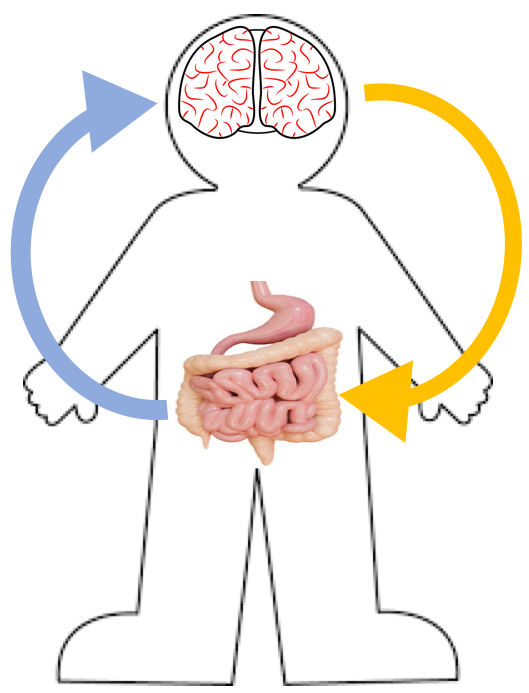
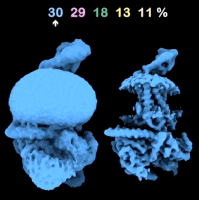 The gut-brain axis refers to the complex two-way communication that occurs between our gastrointestinal tract and our brain. This communication takes the form of hormones that are secreted from the gut and report on feelings of hunger, fullness, the types of nutrients arriving and the types of microbes living in our gut. These hormones may reach the brain directly or signal via the nervous system. Our brain (mainly unconsciously) senses these signals and responds to them in various ways including by communicating (mainly via nerves) back to our gut. Much of this signalling occurs via a special family of sensors called G protein-coupled receptors.
The gut-brain axis refers to the complex two-way communication that occurs between our gastrointestinal tract and our brain. This communication takes the form of hormones that are secreted from the gut and report on feelings of hunger, fullness, the types of nutrients arriving and the types of microbes living in our gut. These hormones may reach the brain directly or signal via the nervous system. Our brain (mainly unconsciously) senses these signals and responds to them in various ways including by communicating (mainly via nerves) back to our gut. Much of this signalling occurs via a special family of sensors called G protein-coupled receptors.
These sensors are on the outside of various different types of cells and communicate the signals into cells where these are converted (by transducers) to changes in cellular behaviour. In some pathological conditions this signalling goes wrong and in others changing this signalling might be a way to treat the disease. We are interested in discovering the reasons why this signalling goes wrong in some diseases and how we might change this signalling to treat other diseases.
Articles for non-experts

- The rise of Ozempic: how surprise discoveries and lizard venom led to a new class of weight-loss drugs
- Our blood-brain barrier stops bugs and toxins getting to our brain. Here’s how it works
- Ozempic’s cousin drug liraglutide is about to get cheaper. But how does it stack up?
Research methods
We specialise in a wide variety of biophysical and chemical biology approaches to answer questions of receptor-transducer coupling. These are integrated into whole animal physiology through our collaborative team.
- Intra- and inter-molecular resonance energy transfer techniques
- Orthogonal protein labelling & single molecule studies
- High resolution native PAGE
- Cell based receptor-transducer coupling assays
A video explainer on some of our biophysical research can be found here.
We collaborate with the Monash Institute of Pharmaceutical Sciences on structural studies of GPCRs, The Florey Institute of Neuroscience and Mental Health on the role of interactions of ghrelin & dopamine receptors on defecation control, Monash School of Chemistry on novel solvatochromatic fluorophores for protein dynamics studies, the Mayo Clinic on pathophysiological signalling of the cholecystokinin receptor and Austin Health on the role of the calcitonin receptor in programmed cell death & cancer.
We are funded by the School of Biomedical Sciences, the Australian Research Council and have received funding from the NHMRC as well as MIPS.
We were recently involved in the team that published the first active structure of the cholecystokinin receptor and demonstrated the requirement for ghrelin receptor in dopamine mediated control of voluntary defecation.
We always welcome expressions of interest for honours and PhD positions from motivated students who have a strong desire to assume ownership of a project and work in our team-oriented group.
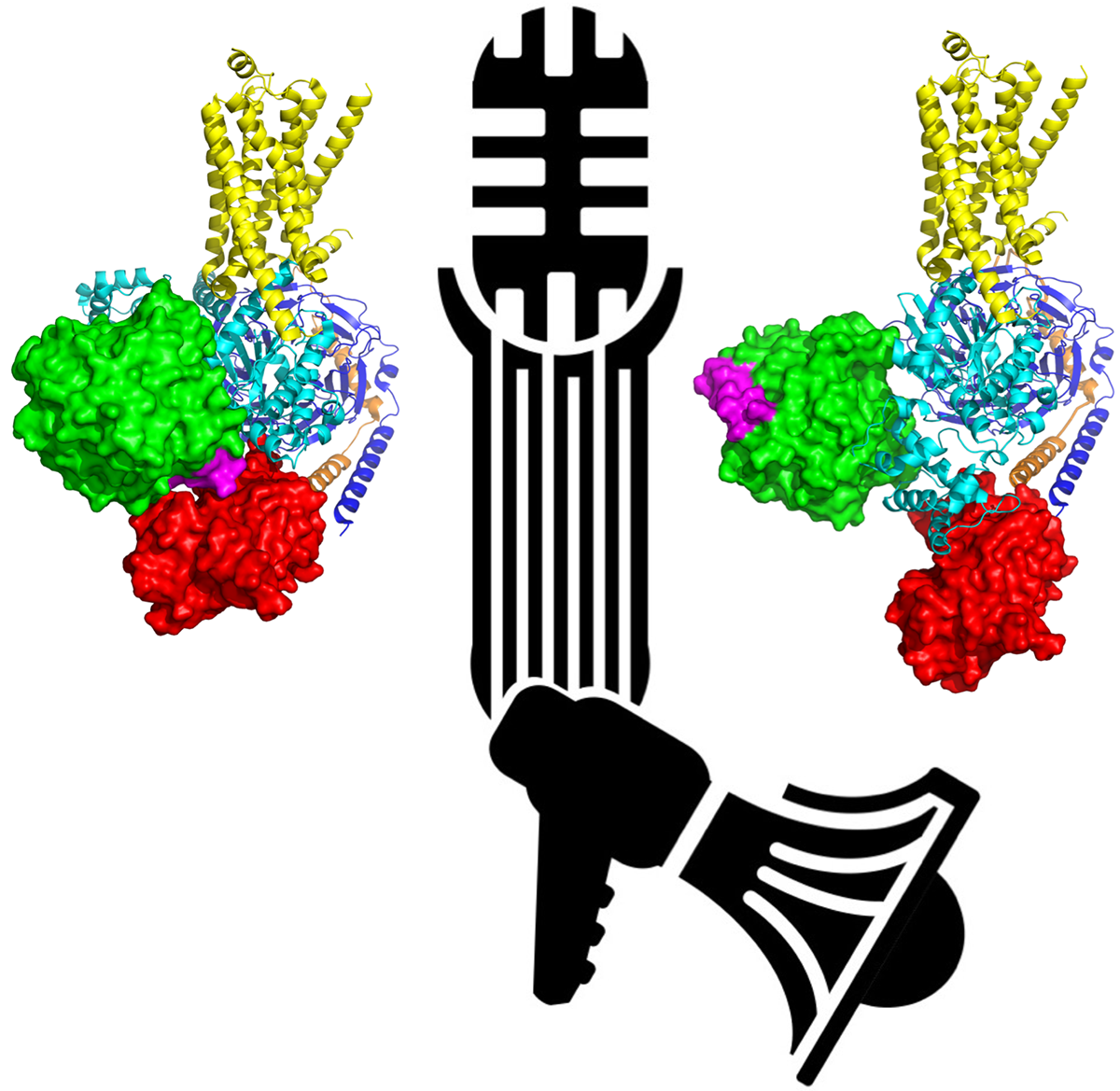 Mechanisms for differential GPCR:effector coupling
Mechanisms for differential GPCR:effector coupling
G protein coupled receptors can be activated to a varied extent by different ligands. This is the basis for partial efficacy, which has been exploited for a subset of medicines. We have previously shown part of the mechanism for this differential receptor-transducer at the calcitonin receptor and this project seeks to extend this work using single molecule studies. Part of this project is in collaboration with Dr Chris Ritchie (School of Chemistry, Monash University).
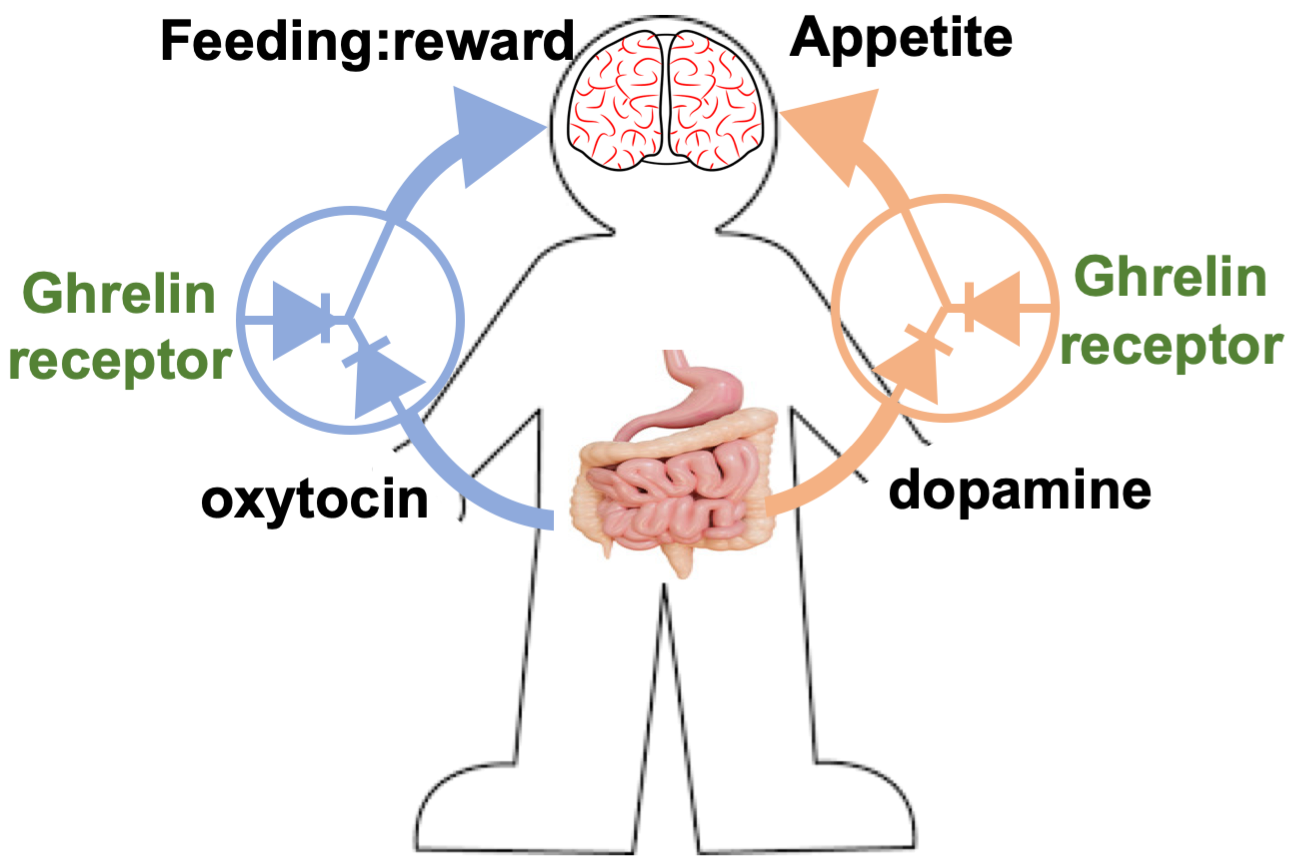 The complexity of receptor signaling in the control of appetite
The complexity of receptor signaling in the control of appetite
The Ghrelin receptor is a relatively recently discovered GPCR involved in increasing appetite. Its involvement in feeding and feeding-reward pathways rely on the ability of the Ghrelin receptor to signal in the absence of ligand and for it to interact with dopamine D2 and oxytocin receptors. We believe the Ghrelin receptor acts in specific neurons to alter the pathway to which dopamine and oxytocin receptors couple.
The project involves the investigation of the biophysical basis of Dopamine D2 and Oxytocin receptor coupling in the presence of the Ghrelin receptor. This project is part of a new collaboration with Professor J.B. Furness. at the Florey Institute of Neuroscience (Melbourne).
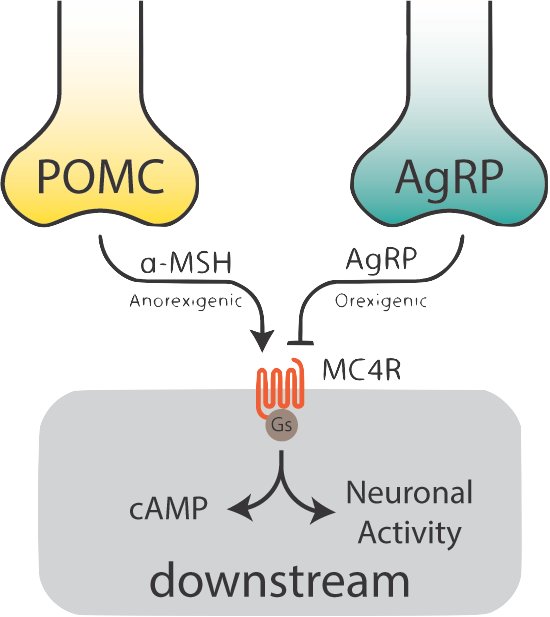 The Conformational Basis of MC4R Regulation and Function
The Conformational Basis of MC4R Regulation and Function
The melanocortin 4 receptor (MC4R) is critically involved in regulation of appetite. Mutations in this receptor are the most common cause of monogenic obesity, accounting for up to 6% of early onset obesity. Like the ghrlin receptor, MC4R is able to signal in the absence of a ligand. Interestingly it has a natural ligand that switches it off (stimulating appetite) and another that switches it on (supressing appetite). Signalling at this is further complicated by the fact that it interacts with a poorly characterised co-receptor that modulates its function. This project seeks to understand tha biophysical basis for this receptor to be able to be tuned both up and down by endogenous hormones.
Available student projects
Project 1: Single-molecule fluorescence to study dynamic conformational changes in G proteins.
Project 2: Molecular pharmacology and G protein selectivity for the Melanocortin 4 receptor.
Project 3: The influence of the Ghrelin Receptor on the molecular pharmacology and G protein selectivity of the Dopamine D2 receptor.
Project 4: Single molecule molecular dynamics at Dopamine D2 receptor.
ARC Discovery Project 230102664 (2023 - 2026)
"Beyond structure - solving conformational dynamics for intractable proteins"
- NHMRC Ideas grant 2012657 (2022 - 2024)
“A new frontier in receptor biology relevant to treatment of disease” S.G.B. Furness, L.J. Fothergill & J.B. Furness
- Faculty of Medicine, University of Queensland Amplify Fellowship (2023 - 2027)
“The molecular basis for signal transduction at G protein-coupled receptors” S.G.B. Furness
- Joint Faculty of Pharmacy & Pharmaceutical Science & Faculty of Science seed grant (2020)
“The use of novel solvato-chromatic fluorophores for single molecule biophysical studies of G protein-coupled receptor signalling” S.G.B. Furness & C. Ritchie. $37,000
- ARC Future Fellowship (2019 - 2022)
“The molecular basis for efficacy at G protein coupled receptors” (FT180100543) S.G.B. Furness $703,141
- NHMRC Project Grant (2017 – 2021)
“A structural understanding of class B G protein-coupled receptor function” (APP1120919) P.M. Sexton, B.K. Kobilka, G. Skiniotis & S.G.B. Furness $1,289,570
Collaborative team
 Peter McDonald
Peter McDonald
Peter has a B Science (hons.) in chemistry from the University of Melbourne and is working to develop novel solvatochromatic fluorophores for applications in measuring protein dynamics. His project is a collaboration between the Ritchie Lab (Chemistry, Monash University) and the the RTC lab. From relaxing on a beach, to seeking out a waterfall amongst the mountain ashes, you will likely find Peter exploring the great outdoors when not in the lab
 Mitchell Ringuet
Mitchell Ringuet
Mitchell has a Biomedical science (Msc.) in Neuroscience from the University of Melbourne and is working on our project on the interaction between Ghrelin and Dopamine D2 receptors using ex-vivo electrophysiology & RNA scope. His project is a collaboration between the lab of Digestive Physiology & Nutrition lab at the Florey Institute for Neurosciences and the the RTC lab. Mitchell like to hit the links while avoiding getting centuries.
 Pragya Gupta
Pragya Gupta
Pragya has a Master of Science in molecular genetics from the Banaras Hindu University & a PhD in biological sciences from the Indian Institute of Technology. Pragya is working on our project on the the role of the Calcitonin receptor in programmed cell death and Glioblastoma. Her project is a collaboration between the lab of Dr. Peter Wookey (Austin Health) and the the RTC lab.
Collaborators
 Chris Ritchie
Chris Ritchie
Monash, Chemistry
 John Furness
John Furness
Florey Neuroscience
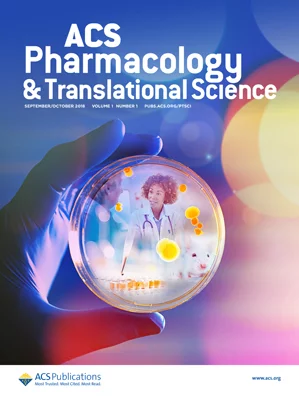
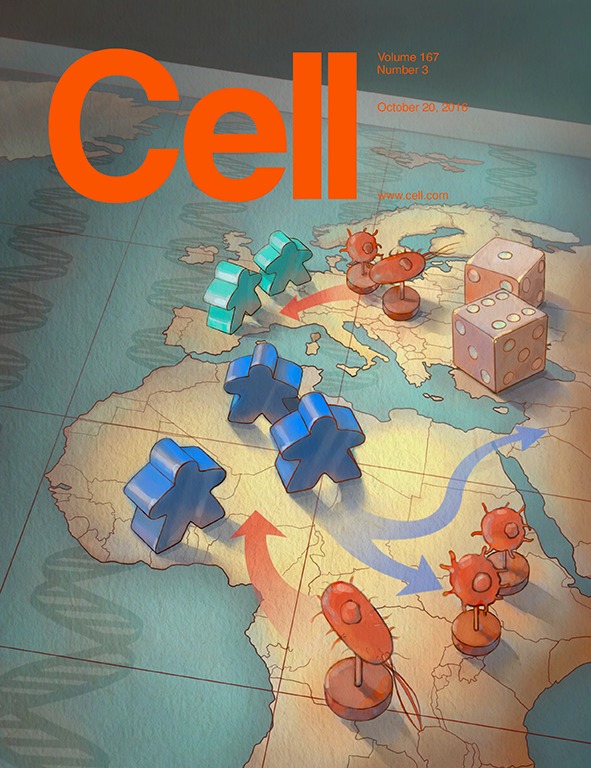
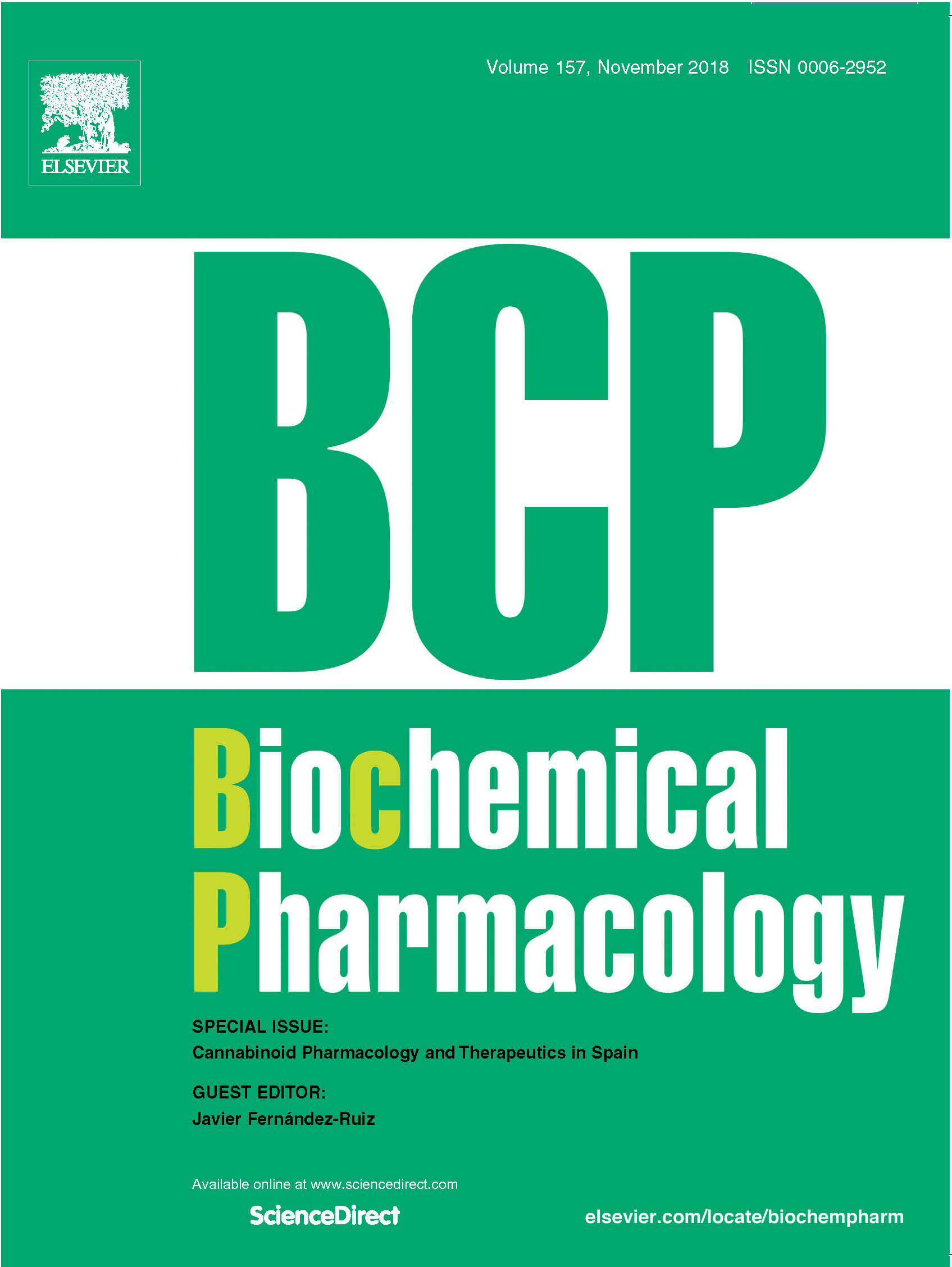

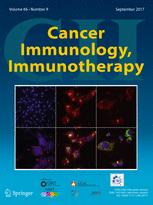
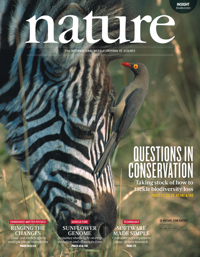
Reprint requests should be sent to s.furness@uq.edu.au, with the doi in the subject line.
If you would like to make a tax deductible donation to receptor transducer coupling research, please contact med.advancement@uq.edu.au. Thank you for your support.






 Denise Wootten
Denise Wootten Peter Wookey
Peter Wookey Larry Miller
Larry Miller Patrick Sexton
Patrick Sexton Former honours student, now enrolled in the
Former honours student, now enrolled in the  Former PhD student and now post-doctoral fellow with
Former PhD student and now post-doctoral fellow with  Former PhD student now a research associate at the school of public health at the university of Newcastle
Former PhD student now a research associate at the school of public health at the university of Newcastle Former PhD student now a post-doctoral fellow with
Former PhD student now a post-doctoral fellow with  Former honours student now a researcher at Kuala Terengganu, Malaysia.
Former honours student now a researcher at Kuala Terengganu, Malaysia.